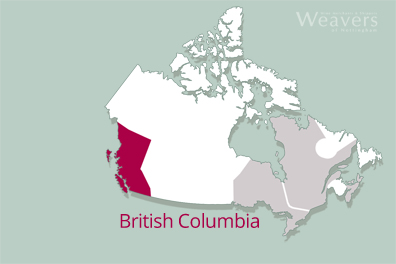
Presumably this was to ensure a ready supply of the blood of Christ for religious services, but a hundred years later the region had finally turned into a quality producer. The Similkameen and Fraser Valleys join the Okavangan, on a much smaller scale, as the main wine producing districts.
Styles of Wines
Icewine is the finest product to come from British Columbia. In November and December, when the temperature has dropped to -8°C, the frozen grapes are picked and immediately pressed to extract their sweet intensity. The results are a revelation and have placed the region firmly on the world map of wines.
Dry table wines are also produced with surprising success from a suite of European grapes. The whites are generally regarded as the best, but the reds are achieiving notable results.
Key Vines
Riesling and Vidal, a little known hybrid of the Cognac-producing Ugni Blanc, are used for the Icewine, whilst dry white wines come from Pinot Blanc, Pinot Grigio, Gewürtztraminer and Chardonnay. Merlot, Cabernet Sauvignon and Pinot Noir are all producing elegant and distinctive red wines. Plantings of red and white vines throughout the region are split about equally.
Climate and Conditions
The intense cold enables Icewine to be made, but it is extremely hazardous to winemaking in general. British Columbia's answer has been to site its vineyards near to lakes, which store up heat and slowly release it. The micro-climates this creates have been expertly exploited. Lack of rainfall is also a problem, especially as summer temperatues can peak at 35°C, and irrigation is widely employed.
